GLASS JAR VS STEEL JAR BLENDERS
Which kind of counter blender jar is better:
glass or plastic? What are the differences between glass or polycarbonate pitchers and does it really matter?
The type of blender jar does not make any difference in blender performance or blending efficiency, with one exception.
If the interior of a plastic jar has become etched (scratched) from use, the contents of the blender might not blend (or circulate in the jar) as thoroughly or smoothly.
It might also be more difficult to clean. This is an extreme situation and highly unusual but should be noted.
There are notable differences in durability, weight, clarity, and features of blenders.
Even with all these considerations, the final buying decision often seems to come down to look, style, and user preference.
For some, the blender jar style is not even a consideration.
Glass vs. Plastic Blending Jars
Some consumers just love the glass jar because it looks nicer, retains its clarity, has a vintage appeal, and feels better (heavier) than its poly counterpart.
Glass has several benefits. It does not discolor or scratch, nor does it absorb food odors like a plastic jar might.
When a blender is used for crushing ice, a plastic jar can become scratched over time, marring its clarity.
Glass seems to retain it’s good looks much longer.
Scratches or etching in the poly construction is also unavoidable when blending ice or hard food items such as shelled nuts. And pouring spouts are often more defined and level markings are most often clearer in a poly jug.
A glass jar, however, is much heavier to handle and that may be a buying consideration for those with arthritic or problem hands, as well as for the elderly. These jars are not as durable as plastic since they are also more prone to breakage if dropped.
If a glass jar is your preference, but handling is an issue, you might want to consider downsizing the blender to reduce the weight.
Oftentimes, we buy a blender with a large capacity jar, when a smaller, high-powered model would better meet our blending needs.
With all of these considerations, it’s helpful to think about how you are planning to use your blender, both the frequency and the type of foods or drinks you will be blending.
Your use may dictate which style is best for your lifestyle.
Blending Systems
Since blenders often come with practical accessories such as personal blending cups, it’s not unusual to find a blending system that includes a large glass jug as well as a smaller plastic, single-serve blending jar, combining both of these styles.
Plastic personal blending cups are more practical for commuting and personal-size smoothies. As for price, a glass jar blender used to cost more than poly models, but today, prices are fairly comparable and influenced more by the unit’s power, speeds, preset settings, and accessories.
Stainless Steel Blending Jars
There is a third type of blender jar that was more common with commercial blenders but has transitioned into the home counter blender industry: the stainless steel blender.
These metal jugs are much more durable than plastic or glass, but can also influence the blender’s price.
One drawback for this type is that you cannot monitor blended contents since it’s not clear.
For some, this is an issue and for others, it’s not a concern as long as they adhere to the manufacturer’s recommended maximum blending level.

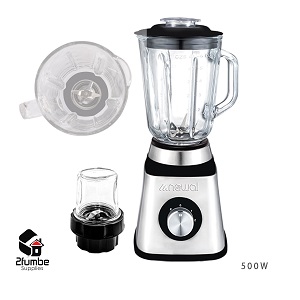
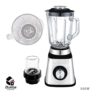
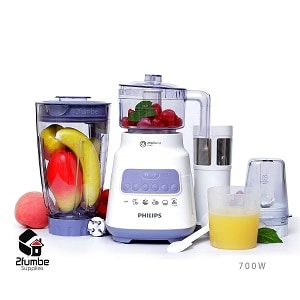
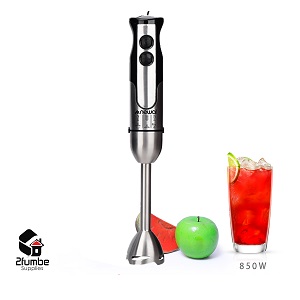
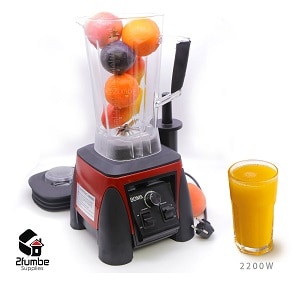
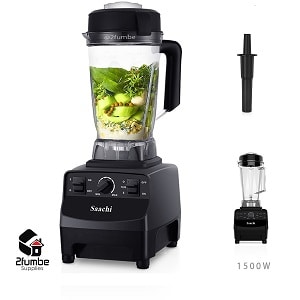
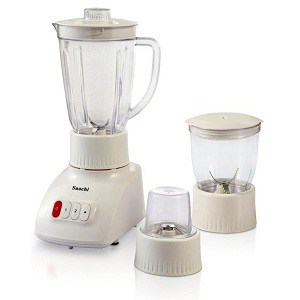
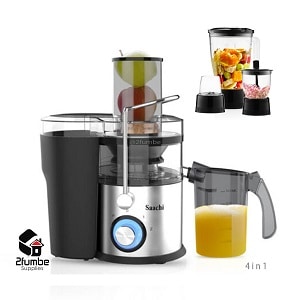
Reviews
There are no reviews yet.